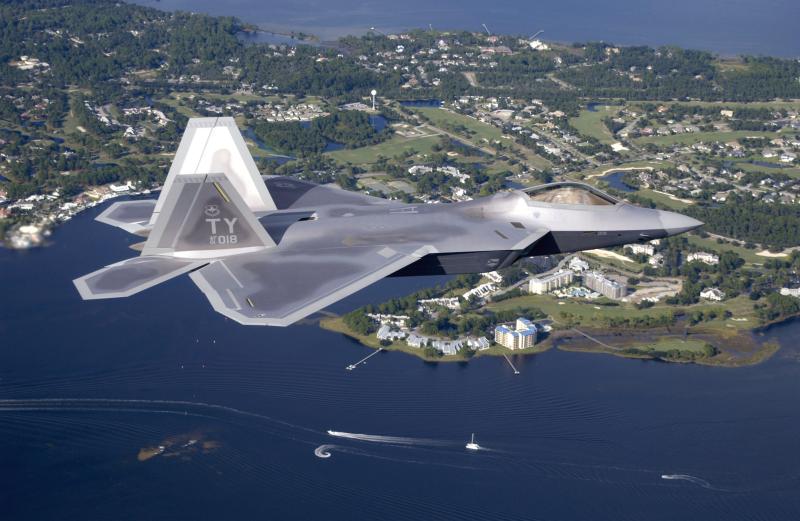
In early 2000, the skies had become an arena of intense competition between two aviation titans – Boeing and Lockheed Martin – both keen to win the coveted Joint Strike Fighter (JSF) contract.

Their respective contenders – the Boeing X-32 and the Lockheed Martin X-35 – fought for the opportunity to be the state-of-the-art fighter in the next generation to be operated by the US and its allies. In the end, it was Lockheed Martin’s X-35 that won the opportunity and later became the F-35 Lightning II.

The two demonstrators, X-32A and X-32B completed over 140 test flights in 2000 and 2001. The demonstrators were impressive ones, capable of MACH 1.6 speeds, in-flight refueling, and carrying six air-to-air missiles. Boeing changed their concept design from a delta wing to a conventional wing, and they paid severely for that switch.

The X-32B was the best STOVL platform but with a conventional take-off capability and carrier approaches. Both were fitted with chin inlets to improve their speed and agility. Problems associated with weight and thrust manifested in lighter and more thrust-efficient Lockheed X-35 models added disadvantages to Boeing.

On the other hand, Lockheed Martin’s X-35 applied technologies from earlier aircraft: F-22 Raptor and Convair Model 200, respectively.

The idea of its three-bearing swivel nozzle originated in the Convair project, while Lockheed studied Yakovlev Yak-141 data to enhance its version. One innovation of the X-35 involved its more advanced helmet-mounted display than any sort of conventional head-up display, which the newer combat aircraft features.

The hallmark of the X-35 design was its commonality between STOVL and conventional takeoff and landing (CTOL) versions; the STOVL and CTOL aircraft shared the same aerodynamic configuration.

On October 26, 2001, Lockheed received the award for the System Development and Demonstration contract based on successful X-35 performance demonstration trials.

Though Boeing did everything in its power, the deal was given to Lockheed Martin. According to Boeing’s 2001 annual report, the company had taken a $46 million charge “with the Joint Strike Fighter program and idle manufacturing assets.” In its annual report for 2001, Lockheed Martin said that after winning the contract it recorded an order worth $18 billion.

The X-32 had severe teething problems in STOVL tests and needed maintenance modifications to support vertical lift whilst the X-35 showed both STOVL and supersonic under the same configuration. Both of these worked due to the advanced lift fan as well as the exhaust system provided by Lockheed, which formed essential technological advantages.

Even aesthetic factors played an important role; the X-32 was often criticized for its physique while the X-35 had the traditional appearance of a fighter.

Though Boeing never won the JSF contract, the company regarded this program as an investment in technology. Most breakthroughs in stealth technology and design and manufacturing methods were made from this program.

Even innovations and achievements would be extracted and adapted to the F/A-18E/F Super Hornet and the X-45A Unmanned Combat Air Vehicle (UCAV).

Today, X-32 prototypes are at a place in history. Visitors to the US Air Force museum at Wright Patterson Air Force Base, Ohio can see that uncouth little jet that once sought to take the skies.

It never became part of the combat squadrons, but the X-32 speaks volumes for Boeing’s innovative spirit and the tough competition driving new technology into military aviation.